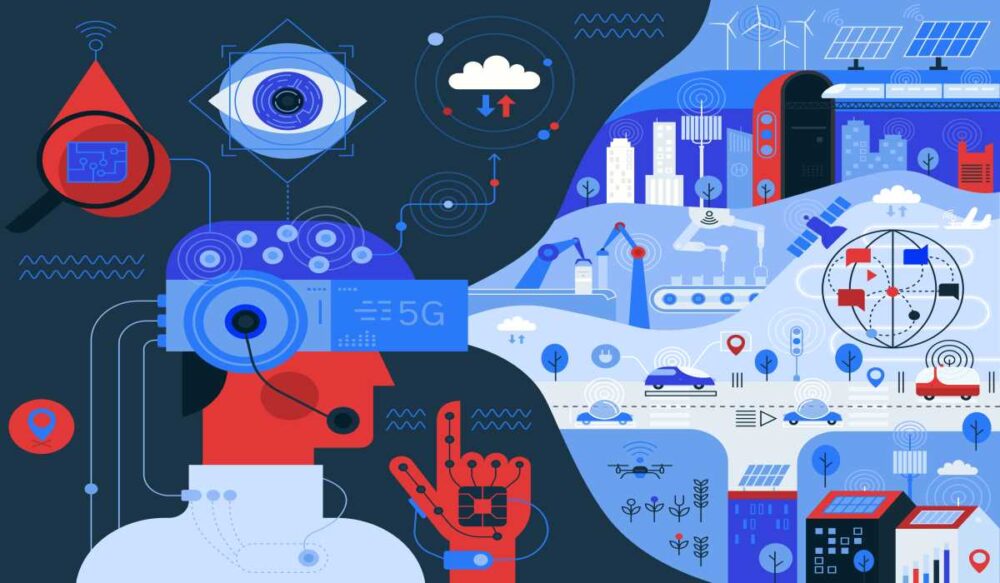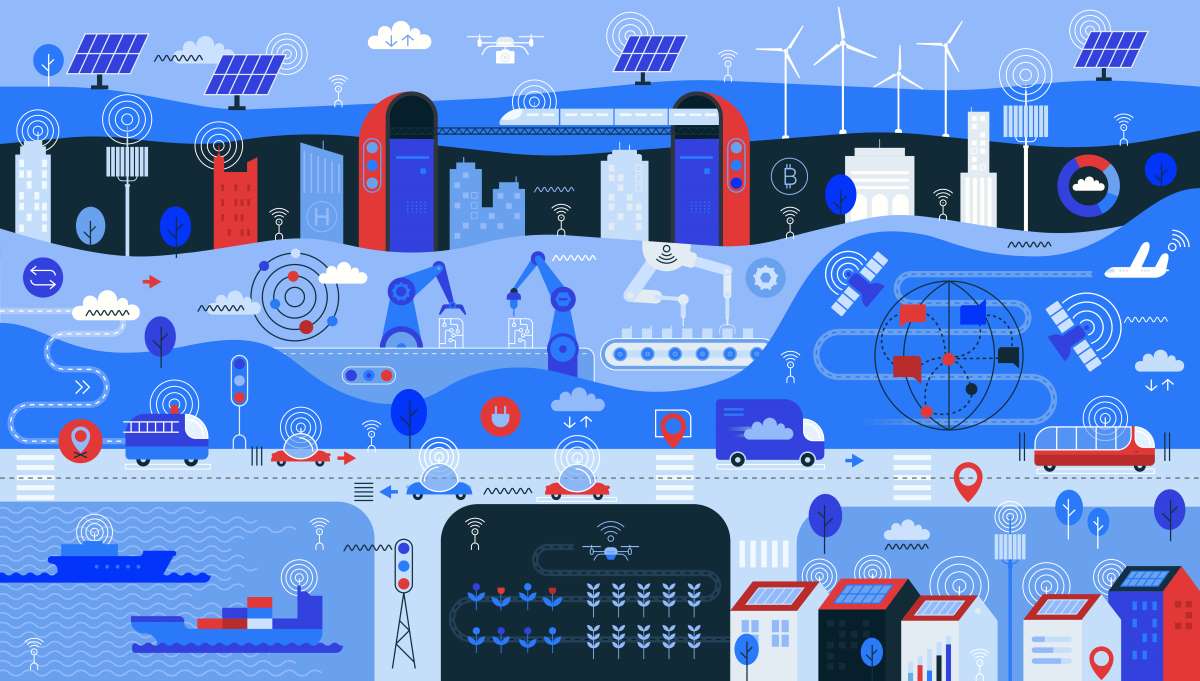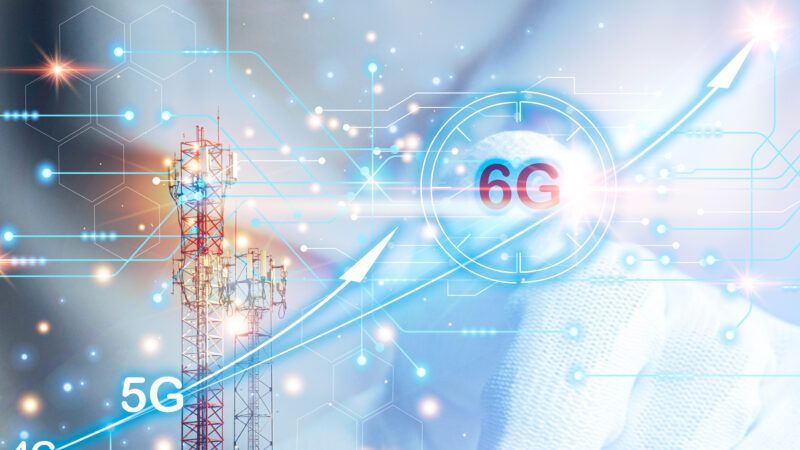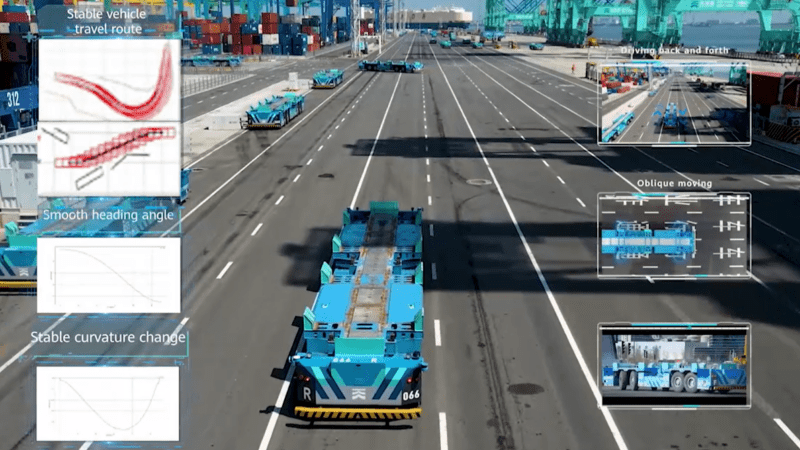And after 5G...6G!
Although 5G has not yet been displayed, discussions to define the sixth generation of the mobile network, 6G, have already begun.
The foundations of 5G started to be defined in 2010 and 2020 was the year of the deployment of its operations, since the eruption of each generation happens in ten year cycles. The 3GPP project is in charge of standardizing each generation which experiences improvements every 18 months.
When will 6G arrive?
Following this chronology, 6G should be implemented by 2030 and therefore, we are at the beginning of a new cycle that requires a new vision currently being debated. The next generation will enable models such as digital twins, the virtual representation of a physical environment that simulates what is happening in real time using sensors, LIDAR or cameras, and the network that enables this critical telecommunications infrastructure.
Why does Elon Musk want the 6G?
One of the aspects being considered is that 6G is, in addition to a communication network, an infrastructure capable of recording everything that happens around it, according to the available frequencies, thus generating the necessary data to feed the digital twins.
Another characteristic would be to achieve the objective of the so-called ‘universal coverage’. This would imply its integration into satellite infrastructures such as the one Elon Musk is developing with Starlink and the satellite launched by the company Sateliot (Enxaneta), which seeks to provide 5G IoT services for low-power devices without strict latency requirements.
Finally, another central issue of 6G will be energy efficiency. Despite the fact that 5G is already an improvement from 4G, increasing the transmission speed implies a greater number of necessary antennas and ends up generating a higher energy consumption of the net.
However, this new generation will not be deployed until after 2030. For now, if we focus on the present, the biggest challenges in the distribution of 5G on a large scale are not only technological, they are conditioned by commercial and legal contexts that will define its real impact on the Industry 4.0.
 5G changes business relations between operators and end customers that involves national regulators and their digital democratization policies. (GettyImages)
5G changes business relations between operators and end customers that involves national regulators and their digital democratization policies. (GettyImages)
 5G changes business relations between operators and end customers that involves national regulators and their digital democratization policies. (GettyImages)
5G changes business relations between operators and end customers that involves national regulators and their digital democratization policies. (GettyImages)







